The Unitree G1’s Gravity-Defying Feats: A Deep Dive into Diagnostics and Repair for the Future of Humanoid Robotics
The robotics landscape just experienced a seismic shift. Unitree Robotics has stunned the world with their G1 humanoid robot’s ability to execute a standing side flip – a feat previously relegated to elite athletes and gymnasts. This isn’t merely incremental progress; it’s a leap forward, demonstrating the accelerating potential of advanced AI, powerful processing, and sophisticated mechanical design in personal robotics. Beyond the breathtaking demonstration of agility, however, lies a complex engineering challenge: ensuring these increasingly capable machines remain operational and functional, even when faced with inevitable wear, tear, or accidental impacts. This article explores the diagnostic and repair capabilities needed to maintain and troubleshoot a robot as advanced as the Unitree G1, highlighting how platforms like Fix4Bot.com are poised to become crucial resources in this emerging field.
Understanding the G1’s Complex Architecture: A Breeding Ground for Potential Issues
Before diving into diagnostics and repair, it’s crucial to appreciate the sheer complexity of the Unitree G1. Its ability to perform maneuvers like a standing side flip isn’t just about brilliant algorithms; it’s a testament to sophisticated hardware integration. The robot towers at 4’4”, packed with over twenty-three degrees of freedom (DOF) – the number of independent movements a component can execute. This intricate design, while granting unparalleled agility, simultaneously creates more potential points of failure.
Here’s a breakdown of key areas and potential issues:
- Actuators & Servomotors: The G1’s movement is driven by numerous high-performance servomotors. Constant high-speed operation & impact stresses during maneuvers like the side flip can lead to wear and tear, gear slippage, bearing failure, or even motor burnout. Sensor degradation within these motors, affecting position and velocity feedback, is also a significant concern.
- Sensor Suite: Maintaining balance and executing precise movements requires a robust sensor suite. This includes Inertial Measurement Units (IMUs) for orientation, force/torque sensors in the feet for ground reaction force data, cameras for visual perception, and potentially even LiDAR for environment mapping. Calibration drift, sensor noise, and outright failure of these sensors can severely compromise performance.
- Mechanical Structure & Joints: The robot’s skeleton, composed of lightweight yet strong materials (likely aluminum alloys and carbon fiber composites), is subjected to immense stresses during dynamic maneuvers. Fatigue fractures, joint misalignment, and loose fasteners are all possibilities. The G1’s intricate joints, requiring precise alignment and lubrication, are particularly vulnerable.
- Control System & Embedded Computing: The ‘brain’ of the G1 is a powerful embedded computer running sophisticated AI algorithms. Software glitches, data corruption, overheating, and hardware failures in the processing unit can cause erratic behavior, control loops to become unstable, and complete loss of functionality.
- Power System: High-capacity batteries and robust power management circuitry provide the G1 with the energy required for its demanding tasks. Battery degradation, connector failures, and voltage fluctuations can impact performance and even trigger safety shutdowns.
- Wiring and Cable Management: Connecting all these components is a network of wires and cables, routed carefully to prevent interference and damage. Repeated bending, twisting, and impacts can lead to wire breaks, shorts, and damaged connectors, impacting sensor data, motor control, and system stability.
Diagnostic Strategies for the Unitree G1: From Software to Hardware
Diagnosing a problem in a robot as complex as the G1 requires a layered approach, leveraging both software and hardware diagnostic tools.
- Log File Analysis: The G1’s control system undoubtedly generates extensive log files recording sensor data, motor commands, and error codes. Analyzing these logs is often the first step in identifying anomalies and tracing the root cause of a problem. Fix4Bot.com could provide specialized tools for parsing these logs, highlighting critical events, and correlating them with performance issues.
- Real-Time Monitoring: Access to real-time data streams from the robot’s sensors and actuators allows engineers to observe its behavior directly. This is particularly useful for identifying intermittent problems or issues that don’t leave a clear trace in the log files.
- Built-in Self-Tests/Diagnostics: Modern robots often include built-in self-test routines that can verify the functionality of key components. These tests might include motor tests, sensor calibration routines, and communication checks. Unitree likely has these embedded; accessibility and ease of use for external technicians would be crucial.
- Network Connectivity Diagnostics: The G1 likely relies heavily on network communication for remote monitoring and control. Diagnosing network connectivity issues (e.g., dropped packets, latency) is essential for troubleshooting remote control problems.
- Advanced Sensor Calibration Tools: Precisely calibrating the IMUs, force sensors, and cameras is critical for accurate perception and control. Fix4Bot.com could offer software tools and calibration routines – specific to the G1’s sensor hardware – to streamline this process.
- Thermal Imaging: Elevated temperatures are a telltale sign of component failure. Thermal imaging cameras can identify overheating motors, power components, or even degraded joints.
- Vibration Analysis: Excessive vibration can indicate mechanical issues like loose fasteners, unbalanced rotating components, or joint misalignment. Vibration sensors and analysis tools can help pinpoint these problems.
- Visual Inspection: A thorough visual inspection is always essential. Looking for signs of physical damage, wear and tear, loose wires, or leaks (e.g., hydraulic fluid if the robot uses hydraulics) can often reveal the source of a problem.
Repair Techniques & Technologies: A Future-Proof Approach
Once a problem is diagnosed, effective repair strategies become essential. The complexity of the G1 dictates that repairs require specialized expertise and equipment.
- Modular Design & Component Replacement: Ideally, the G1 should be designed with modularity in mind, allowing for easy replacement of faulty components. This minimizes downtime and simplifies repair procedures.
- 3D Printing for Custom Parts: The G1’s unique design might require custom parts that are not readily available. 3D printing technology offers a significant advantage, enabling engineers to quickly fabricate replacements. Fix4Bot.com could host a repository of G1 repair models and facilitate connections between users and 3D printing services.
- Robotics-Specific Soldering & Wire Repair Tools: Repairing damaged wires and connectors requires specialized tools and techniques to ensure reliable connections in a robotic environment.
- Servomotor & Actuator Maintenance & Repair: Servomotors are complex devices. Diagnosis may lead to simple adjustments, lubrication, or complete replacement. Advanced repair techniques, such as rebuilding gearboxes or replacing motor windings, might also be necessary.
- Software Reprogramming & Firmware Updates: Sometimes, problems aren’t hardware-related. Software bugs, outdated firmware, or incorrect configuration settings can lead to unpredictable behavior. Remote access capabilities and secure update mechanisms are essential. Fix4Bot.com could potentially provide a platform for sharing and updating G1 control software.
- AI-Powered Diagnostics & Repair Guidance: Imagine a system where you could upload sensor data from the G1 to Fix4Bot.com, and the platform would analyze the data using machine learning algorithms to suggest potential diagnoses and repair procedures. This is the future of robotics repair!
- Augmented Reality (AR) Assisted Repair: AR overlays could guide technicians through complex repair procedures, providing step-by-step instructions and highlighting critical components.
- Remote Expert Assistance: For complex issues, connecting with a remote expert who has experience with the G1 can be invaluable. Fix4Bot.com could facilitate these remote consultations.
How Fix4Bot.com Can Revolutionize G1 Maintenance & Repair
Fix4Bot.com is uniquely positioned to become the central hub for Unitree G1 maintenance and repair:
- Centralized Knowledge Base: A dedicated G1 section on Fix4Bot.com could host user manuals, schematics, diagnostic procedures, repair guides, and community-contributed solutions.
- Parts Marketplace: Facilitating the buying and selling of G1 replacement parts, both new and used, would streamline the repair process.
- Expert Network: Connecting owners and technicians with experts specializing in Unitree robots would provide access to valuable knowledge and support.
- Diagnostic Tool Integration: Providing access to diagnostic software, data analysis tools, and calibration routines through the Fix4Bot.com platform would empower users to troubleshoot problems effectively.
- Community Forum: Creating a vibrant community forum where G1 owners and technicians can share their experiences, ask questions, and collaborate on solutions would foster a culture of shared knowledge.
- 3D Model Repository: A curated collection of 3D printable repair parts allowing greater self-sufficiency for G1 users.
- AI-Driven Troubleshooting: Utilizing AI could analyze fault codes and sensor data to generate probable diagnoses and tailored repair recommendations.
The Future of Humanoid Robotics Maintenance
The Unitree G1’s impressive capabilities demonstrate the accelerating pace of innovation in humanoid robotics. As these robots become more integrated into our lives – in fields like healthcare, education, and manufacturing – the demand for reliable maintenance and repair services will only increase. Platforms like Fix4Bot.com, focused on providing comprehensive diagnostic tools, repair resources, and expert support, are essential to ensure the longevity and functionality of these complex machines. The skills and knowledge required to maintain these advanced robots will be highly valued, creating new opportunities for robotics technicians and engineers. The future of robotics isn’t just about innovation in design and functionality—it’s also about building robust and sustainable maintenance ecosystems.

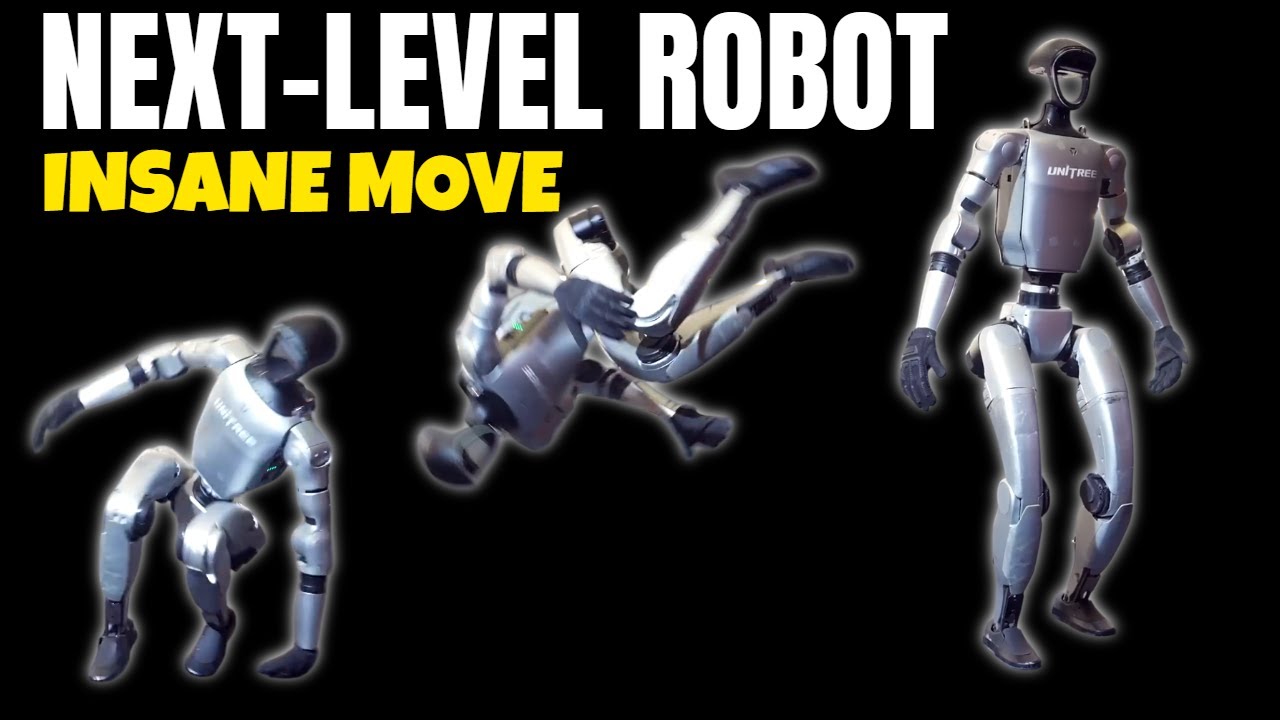
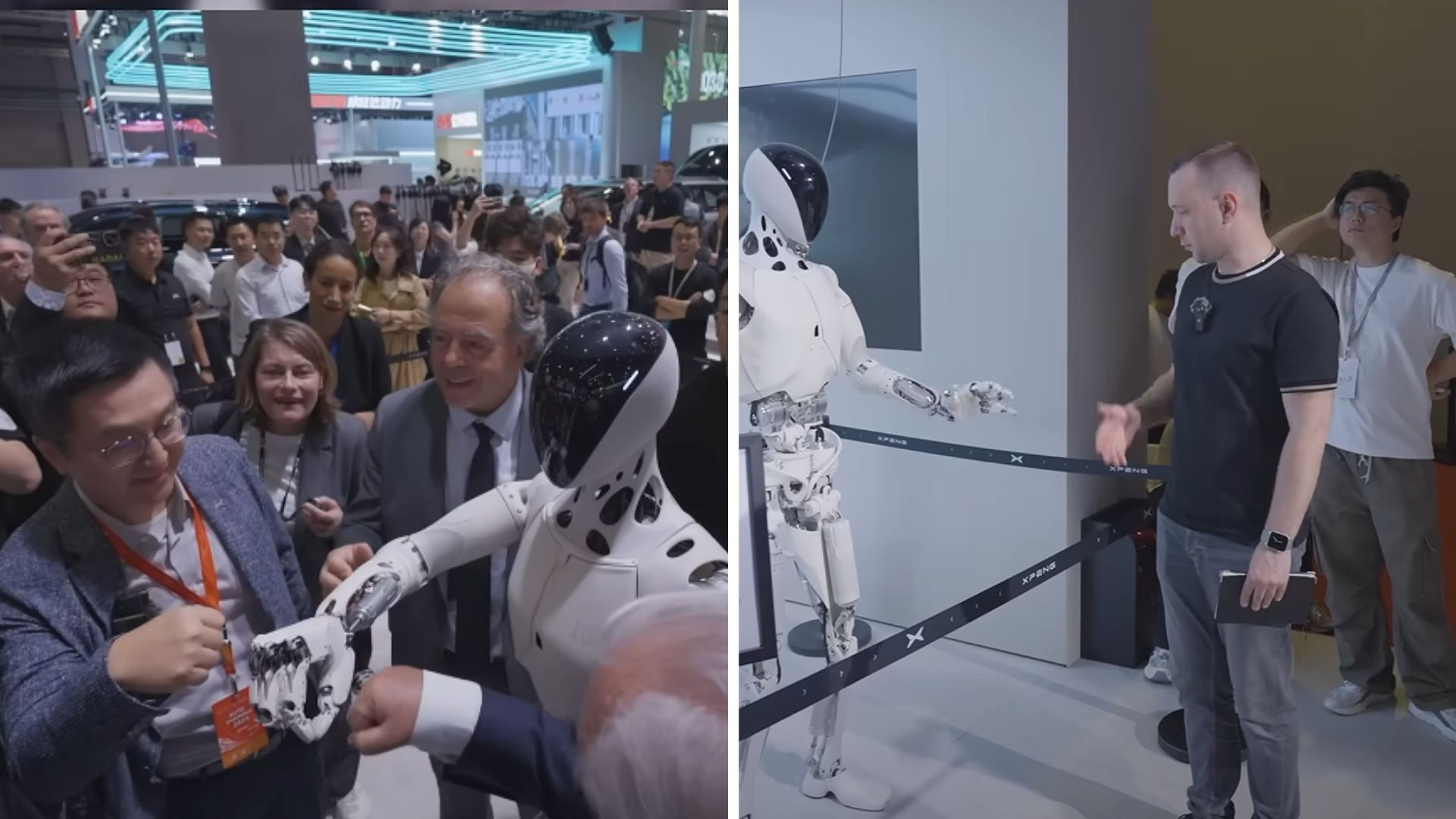

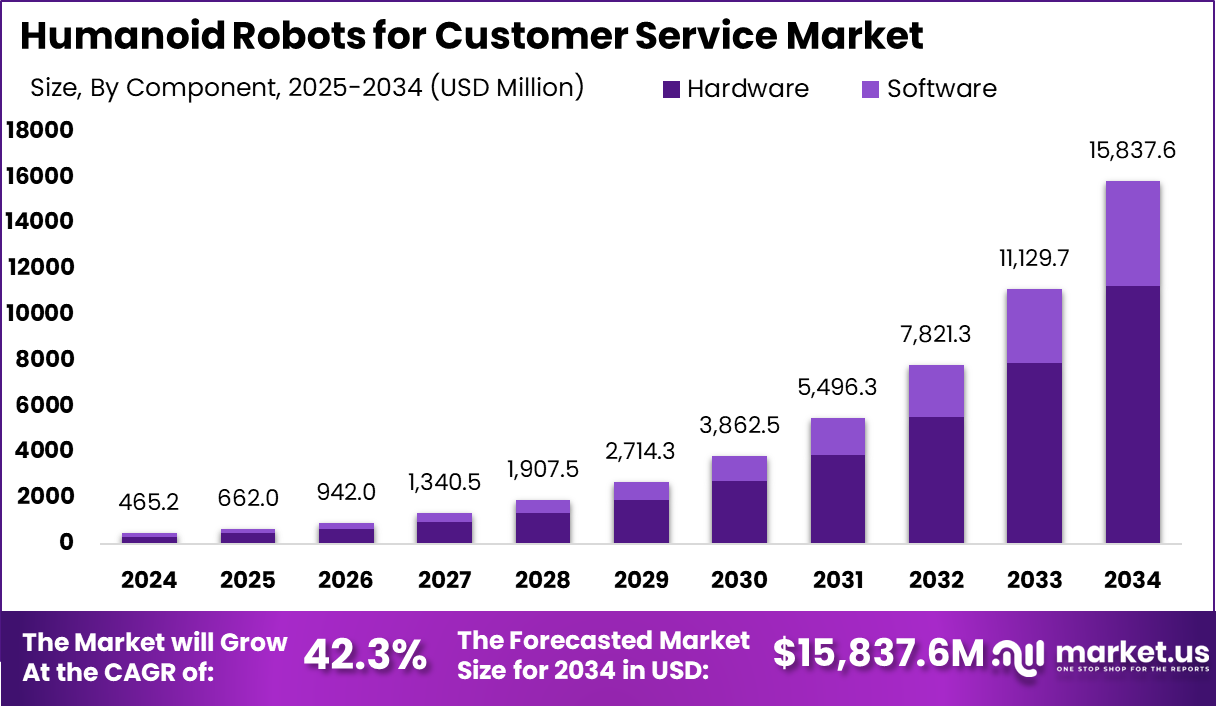
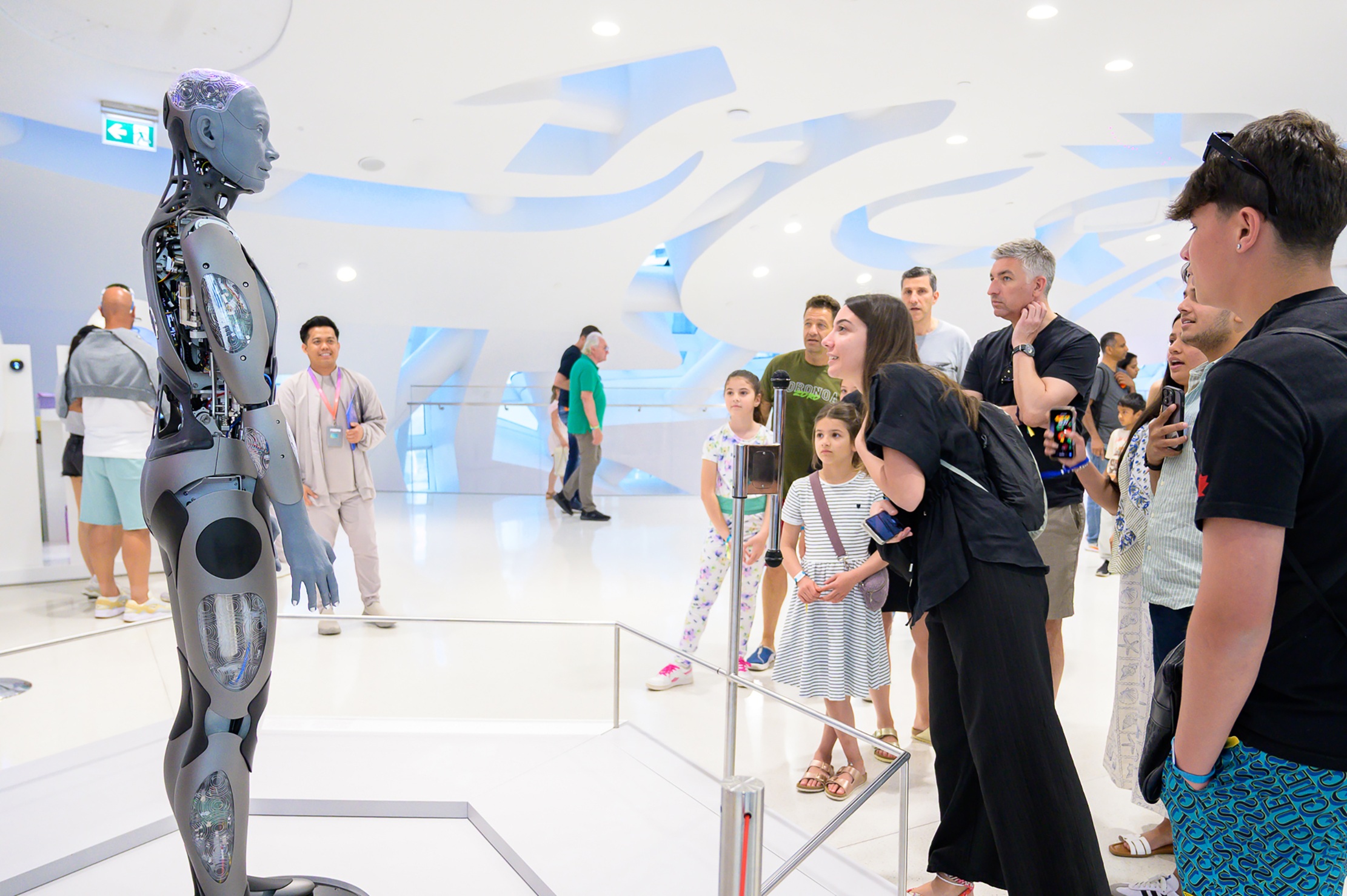
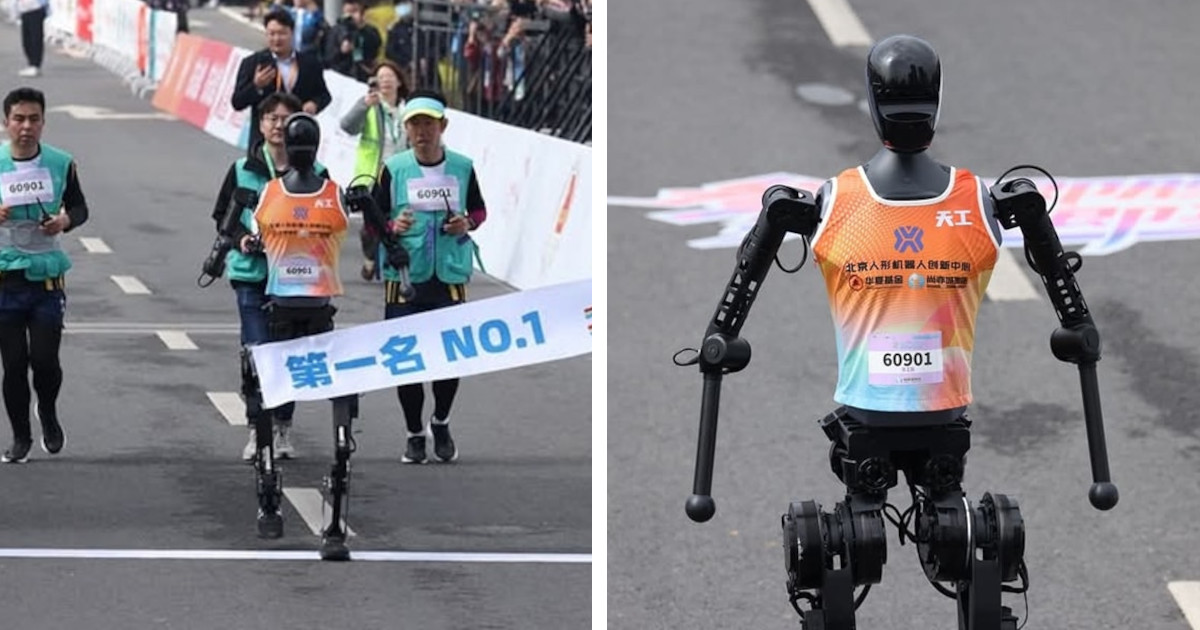
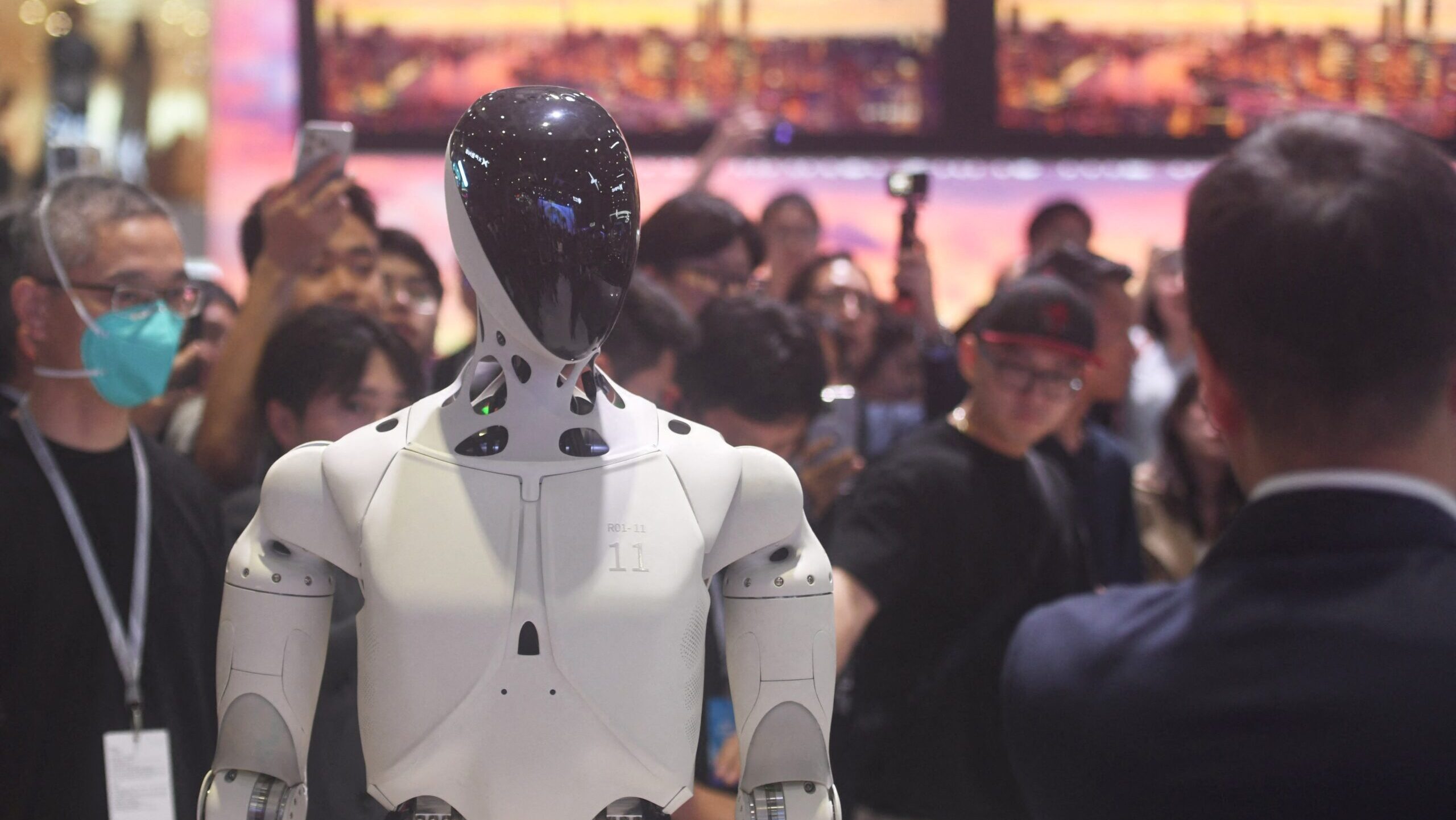

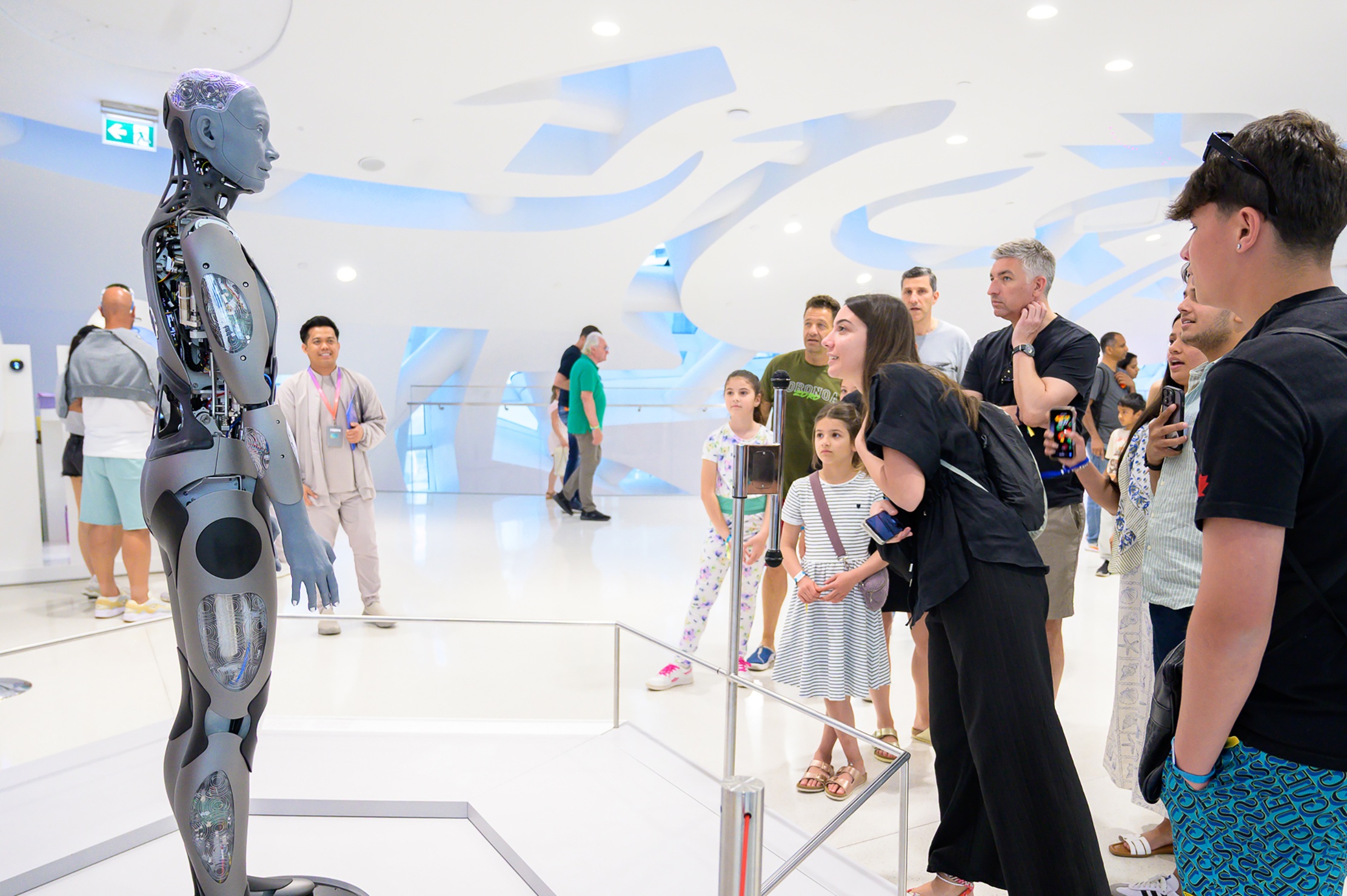

Atlas robot from boston dynqmics also did a similar thing just recently
I think its not real its A.I
G1 Robot was the first doing side flip.
Professional Parkour: pathetic.
Maybe in 6000 years scientists will be trying to figure out how these evolved from rocks and dirt.
🤖🚬 ☕☕
Even better when they can start thinking for themselves rather by an operator remotely controlled.
Ninja robots are insane! Things are getting real guys…
Great. Now when they take over they're gonna have ninja abilities.
I need your boots, clothes and motorcycle
Is it basic version
Communist Party propaganda. Useless toy just to flip?
0:56 he knows kongfu? We are dead!😨
Robot: "Humans – you are soon going extinct!"
FAKE this is CGI
Now give it a machine gun, knife, baton, some grenades, a high speed rotary gun and grenade launchers on each shoulder, a laser cannon and the ability to call "friends" for miles and you have yourself a real problem fast. Now imagine we're there right effing now and well beyond…
Impressive. But all I care about is that robots do my household chores for me.
All I ask for is larger chests, thinner waists and thicker thighs
Boston dynamics’ atlas robot can walk without looking like it needs to take a shit, and has been doing flips for years, also, atlas can even breakdance. This is nothing.
They're fake videos no?
Robots and artificial intelligence, affordable for ordinary families, will probably only be achieved in China, maybe in ten to fifteen years.
New video today with kick up
What are they teaching it to do kung fu?
Ironing and folding clothes would be more impressive and useful.